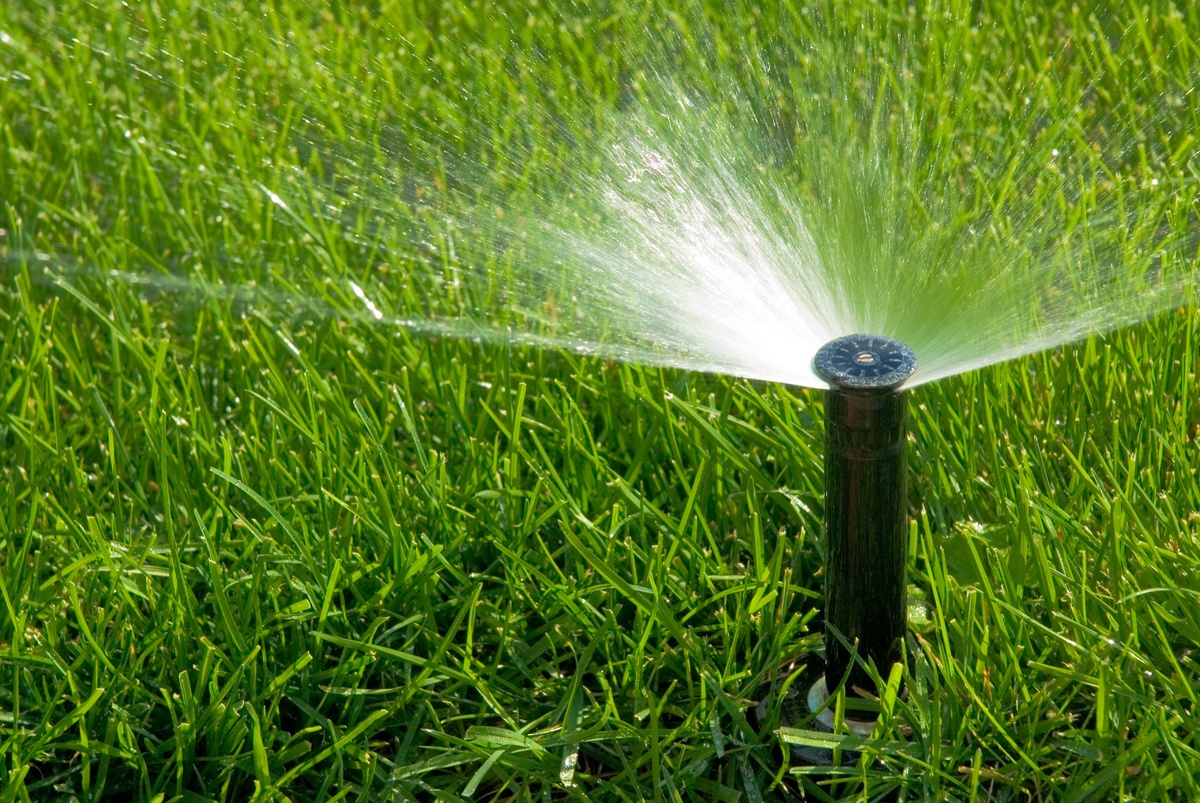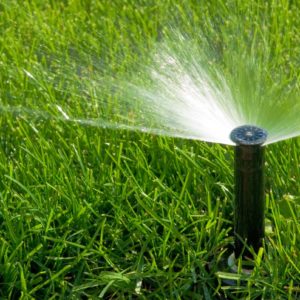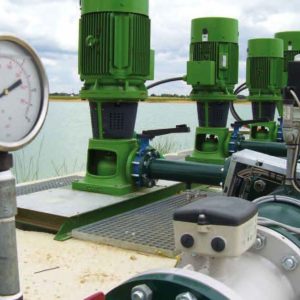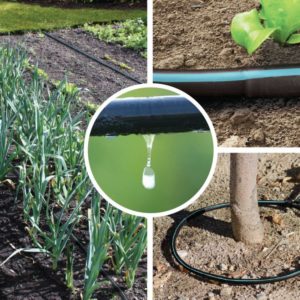Description
The plants in your garden need a few essentials: light, water, nutrients and protection from pests. Above all, light and water are essential. If you can’t do much about the former, except to find an area without much shade, providing the water needed by the plants is only in your power. And you can do this easily, using a sprinkler or a hose, or you can give the plants exactly how much water they need, by arranging an irrigation system in the garden.
There are two main types of irrigation: drip or sprinkler. Each has its advantages and disadvantages. The drip irrigation system is meant to provide the necessary water directly to the roots of the plants, but at a very slow pace. The advantages of such a system are that it prevents the appearance of weeds, slows down or prevents the development of certain foliar diseases, prevents water evaporation and consumes very little.
A very simple system can be made with the help of a drip hose, connected to a water tank. More complex systems can be automated, with humidity sensors or nozzles that regulate the amount of water.
The advantages of such a system are:
Reduced water consumption
Low fertilization costs
Maintaining humidity in optimal parameters only in the area of the roots
Reducing weed infestation and facilitating mechanized work
Erosion reduction
Reducing the risk of attack by pathogens
Sprinkler irrigation systems are designed to mimic rainfall. Water is sprayed not only on the roots of plants, but on the entire surface. They can be used especially for small areas. Such an irrigation system contains several basic elements: the water tank, the necessary pipes and sprinklers, which can be spray or rotary.
If you want an automated irrigation system, you need to add a timer that will program the duration and time of spraying the garden, a rain sensor, so as not to waste water in case of precipitation, solenoid valves to control water access and a filtration system. Keep in mind, however, that the more complex the system, the more malfunctions can occur.
In addition, sprinkler irrigation systems require higher water pressure, so make sure the water pump can provide adequate flow. Sprinklers must also be chosen according to the area to be watered, the rate of water application and the working height.
Sprinkler irrigation has low but higher costs compared to drip irrigation systems.
The benefits of such a system include:
Uniform water distribution
Reduced amount of water compared to manual spraying
More free time if you use an automated irrigation system
Suitable for any kind of surfaces
Longer life compared to drip irrigation systems
You can also perform a fertilization of plants, diluting the fertilizers, in the doses recommended by the producers, in the irrigation water.
However, there are some factors to consider when choosing such a system. First of all, the time of day must be chosen carefully, especially on very hot days, because a splash of plants in broad daylight, at high temperatures, can lead to their burning, because the water droplets on the leaves can behave like lenses. , concentrating like a magnifying glass the rays of the sun.
At the same time, avoid over-watering the plants because, like the lack of water, its abundance can significantly affect them and can greatly increase the risk of diseases that can destroy your plants. Another disadvantage occurs when using a very simple system (tank, hose, sprinkler) or undersized, because you will have to periodically change the position of the supply hoses and sprinklers to prevent settlement of plants and cover the entire surface.





 Individual approach
Each application is studied individually and we come with special offers according to the specified requirements.
Individual approach
Each application is studied individually and we come with special offers according to the specified requirements.